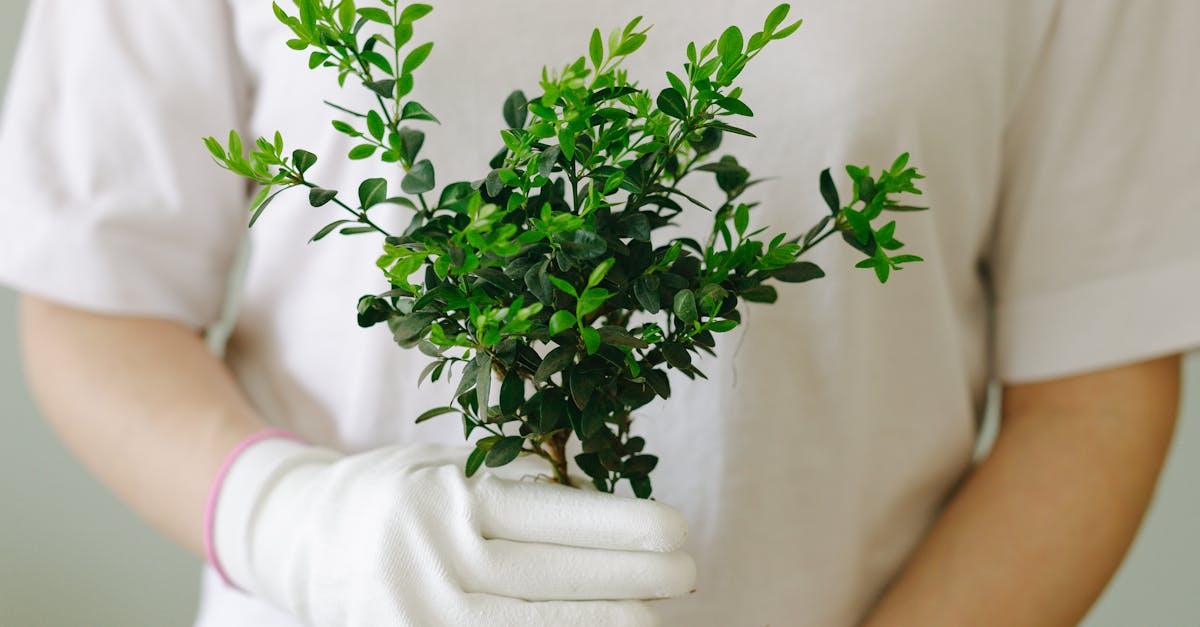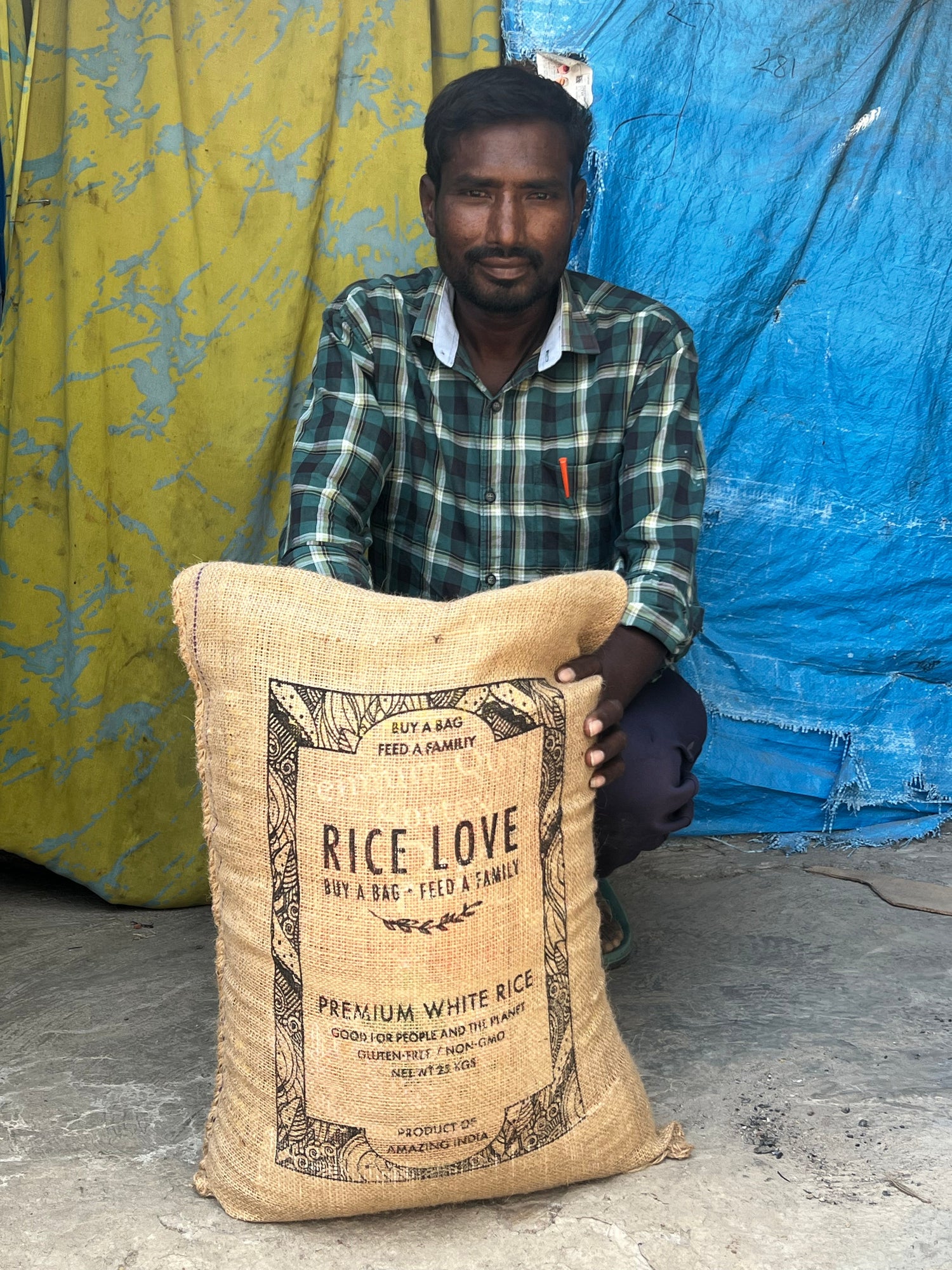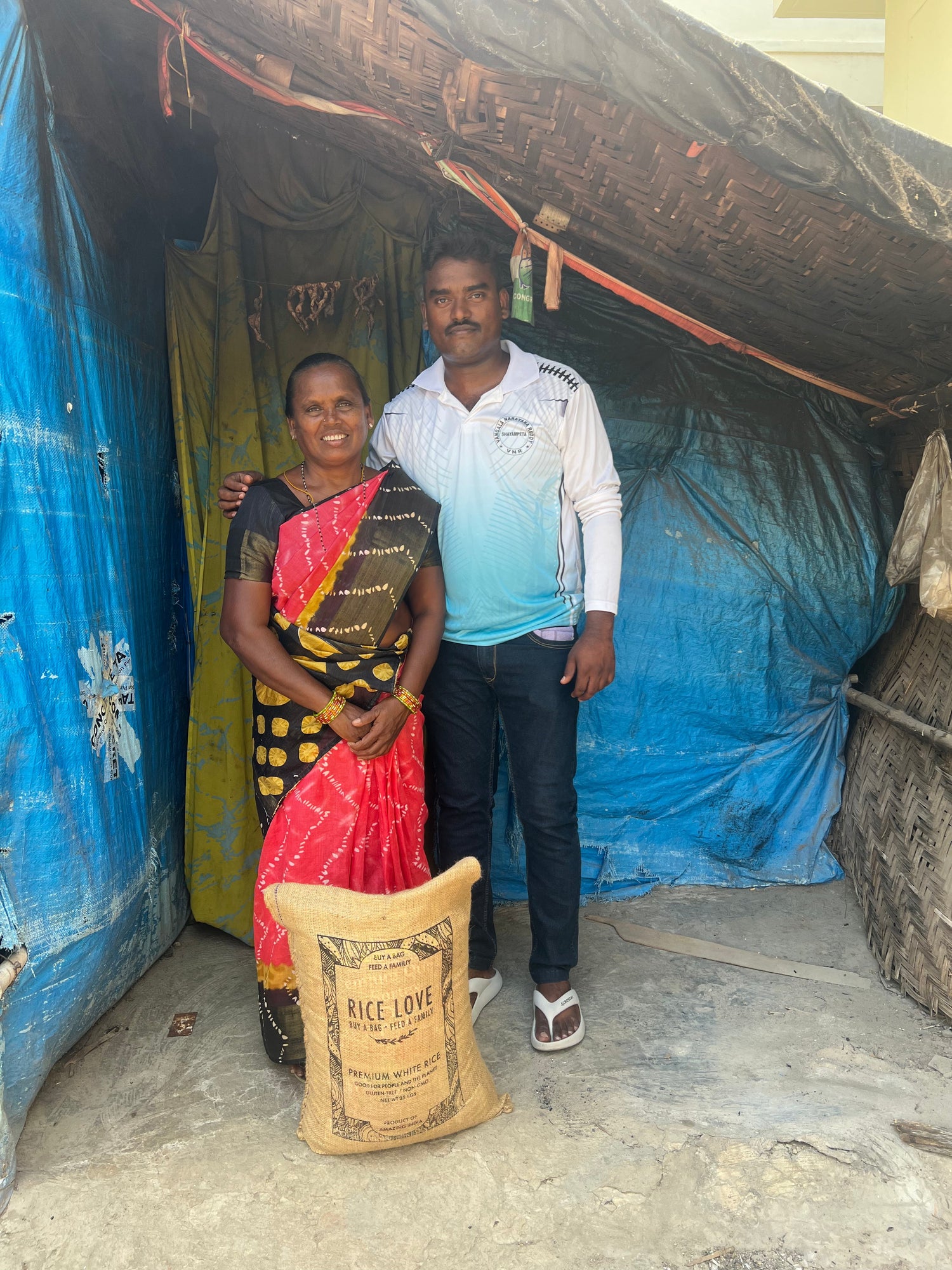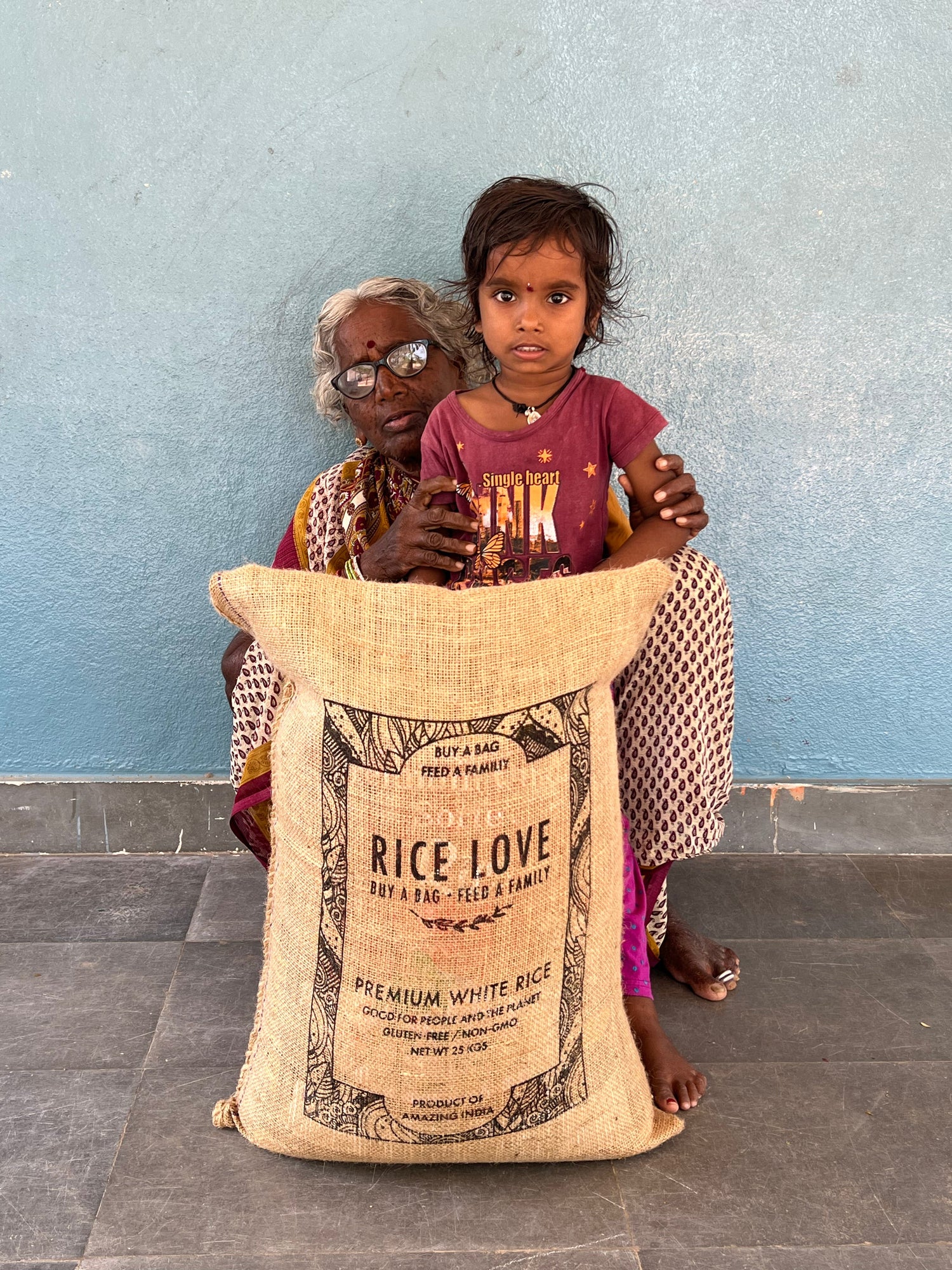Scrolling through Instagram, airport to hostel to city café, you can't miss it: everyone’s talking about “sustainable” fashion. But is it all real? As a 25-year-old woman whose passport rarely gathers dust and whose DMs are always full of friends asking for the best shoes for cobblestones or the comfiest airport backpack, I’ve seen it all—eco-claims, green vibes, ethically-made (question mark?) brands, and a LOT of confusion. I’ve been burnt by pretty “green” promises that fall apart faster than my hostel Wi-Fi. So, let’s get real about why spotting greenwashing matters, and how you (and I!) can support authentic, soul-full brands that are actually making a difference.
What Exactly *Is* Greenwashing?
Greenwashing is like that one person at the hostel bar who brags about “living like a local” but spends the whole trip at Starbucks. In the fashion world, it means brands exaggerate—or flat out lie—about how eco-friendly or ethical they are. If a company is shouting about their “planet-saving tee” or “ethical bag” with nothing to back it up… that’s greenwashing. It’s all style, zero substance.
- Misleading claims: Fluffy words like “eco” or “green” with no proof.
- Selective sharing: Spotlighting one good thing (say, recycled packaging), while hiding poor labor practices or polluting factories.
- Nature imagery: Think: leaves, earthy fonts, soft greens—all for an immediate green feel, even if the product isn’t actually sustainable.
- “Capsule” collections: One “green” line while the rest is manufactured as usual (hint: sustainability should be in the business DNA, not just the marketing).
Why Does It Matter Anyway?
Fashion is responsible for a shocking chunk of global pollution and waste. When brands greenwash, they’re blocking people like us—who actually want our purchases to mean something—from driving change. It shifts power back to marketing instead of progress, making it harder for truly ethical brands to stand out.
How I Learned to Spot the Real Deal
On my second backpacking trip in India, I found myself in Hyderabad, face to face with artisans stitching bags from old rice sacks. They showed me every label, told me where the bags came from, and explained the story behind every single one. That’s when it hit me: real sustainability is personal, transparent, and honestly kind of… messy. It’s not about perfection; it’s about honesty and impact, even in small batches.
How To Spot Greenwashing vs. Genuine Sustainable Fashion (& Accessories)
-
Dive Deep Into Materials
- Authentic brands break down the contents—beyond just “organic cotton.” Think recycled, upcycled, biodegradable, or reclaimed materials, detailed on each product.
- Red flag: Broad terms (“eco fabrics”) with no breakdown while the product feels synthetic or single-use.
- At Rice Love, you’ll see upcycled jute/burlap rice bags, sometimes paired with recycled plastics in specific collections. Every bag clearly lists its story.
-
Look for Radical Transparency
- Are there actual stories, names, and faces—not just PR?
- Rice Love delivers every product with a tag number you can trace to a real family. (Yes, I checked mine sitting cross-legged on a train in Rajasthan. Instant chills.)
-
Certifications? Only if Legit
- Fair Trade, GOTS, or relevant certifications should be visible. Real brands *show* their proof and don’t make fake badge icons.
- For smaller brands, check if they’re transparent about wages, working conditions, and partnerships—even if they’re not (yet) certified. Authenticity sometimes starts small.
-
Track the Impact—Down to the Gram
- Measurable change is the new standard. How many families helped? Kilos of waste upcycled? Meals delivered? Brands should show receipts—not just feel-good posts.
- With Rice Love, your bag delivers 2.2 lb (1kg) of rice to a family, along with photos and thank-you stories posted online, so your impact is visible (not vague!).
-
Entire Brand or Just a Single Product?
- Brands fully invested in sustainability do it across every product, every season. A single “planet-friendly” line can be a band-aid, not a solution.
-
Data, Not Just Hashtags
- Buzzwords like “carbon offset” and “low-impact” should be paired with: How much? How often? How did you measure it?
My Go-To Checklist Before Hitting “Add to Cart”
- Materials listed in detail? Check descriptions (and ask questions if not!).
- Can I trace the humans—and the story—behind the product?
- Is impact measurable and specific? (Not just “a portion of proceeds” or “supports communities,” but actual data!)
- Does the brand encourage me to verify and participate? (Transparent brands love curious customers.)
What Authentic Sustainability Feels Like: The Rice Love Perspective
Rice Love doesn’t just tick the boxes. Here’s what sets them apart—honestly, what convinced me to pack my first Mini Backpack for my next flight:
- Storytelling Through Stuff: Each bag is totally unique (literally, one of a kind). You get a tag to find the exact family you helped feed. It’s not vague, it’s personal.
- Nothing Mass-Made: Everything—from the Mini Backpack to totes—is handmade using materials that would otherwise end up as landfill. If you love bold, you’ll love these because they’re as individual as your travel memories.
- Ethics Beyond Imagery: The artisans get fair wages, safe workspaces, and are seen—not hidden. No child labor, ever.
- Immediate, Visible Impact: For every bag, a kilo of rice lands with a family in need. Over 88,559 kilos (and 1 million+ meals) distributed, all traceable, not just theoretical.
3 Bags I Actually Take Everywhere (That Aren’t Greenwashed)
Here are my absolute musts—field-tested, wild night at the bus depot approved, forever in my travel rotation. They’re also 100% authentic, sustainable, and make me feel like my passport isn’t the only thing helping build bridges:
-
Recycled Travel Backpack Dana

Recycled Travel Backpack Dana Every Dana backpack is stitched from authentic rice bag fabric—no two are alike. You get a real story every time you swing it over your shoulder. Perfect for markets or 4am trains.
-
One of a Kind Mini Backpack

One of a Kind Mini Backpack Handcrafted boldness in backpack form. Spacious enough for essentials, small enough not to weigh you down. Every single one is unique—an instant icebreaker in hostels and on street corners.
-
Recycled Travel Tote

Recycled Travel Tote The MVP for groceries, laundry, beach days, and everything in between. Plus, you know exactly who you helped with every purchase.
Final Thoughts: Travel Light, Shop Loud, Change the World (No Greenwashing Required)
You don’t have to be perfect to make a difference. In fact, the best journeys (and wardrobes) are made out of small, conscious choices. So next time you hit “purchase,” remember: does this brand show me their impact, or just their best angle? Every time I sling on my Rice Love bag, I’m literally carrying someone’s story and a bit of hope for the world. Travel and shop with curiosity and courage—because the real adventure is about building a better world, one unique piece at a time.
Ready to see real stories, not just hashtags? Explore Rice Love’s upcycled collection and find your next favorite adventure bag here.





